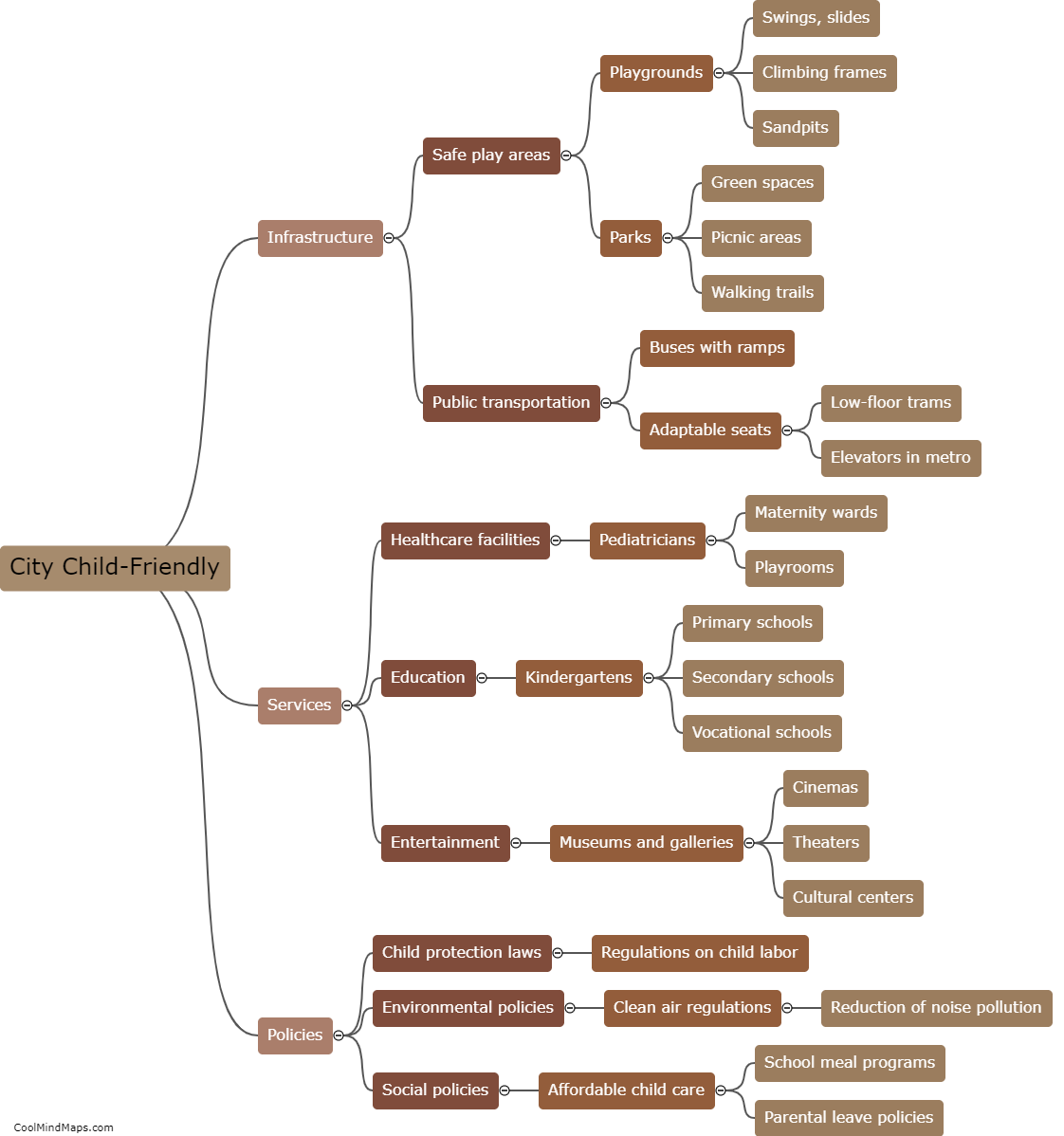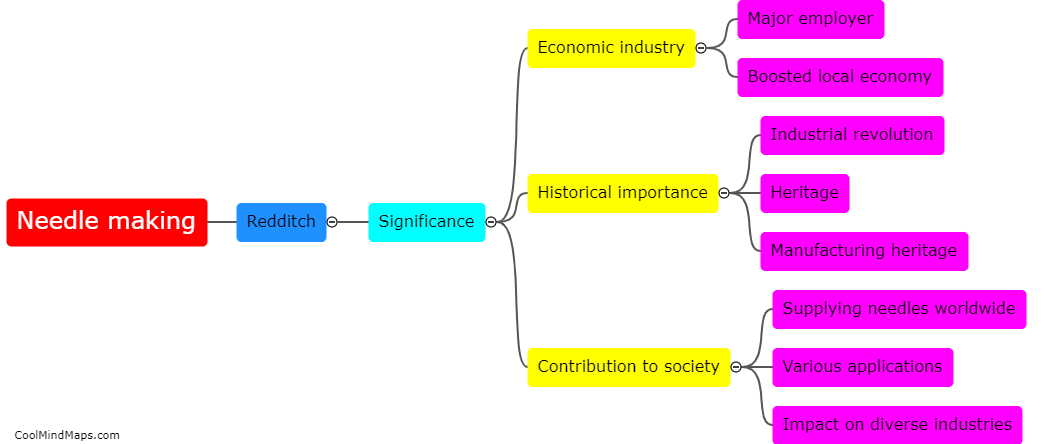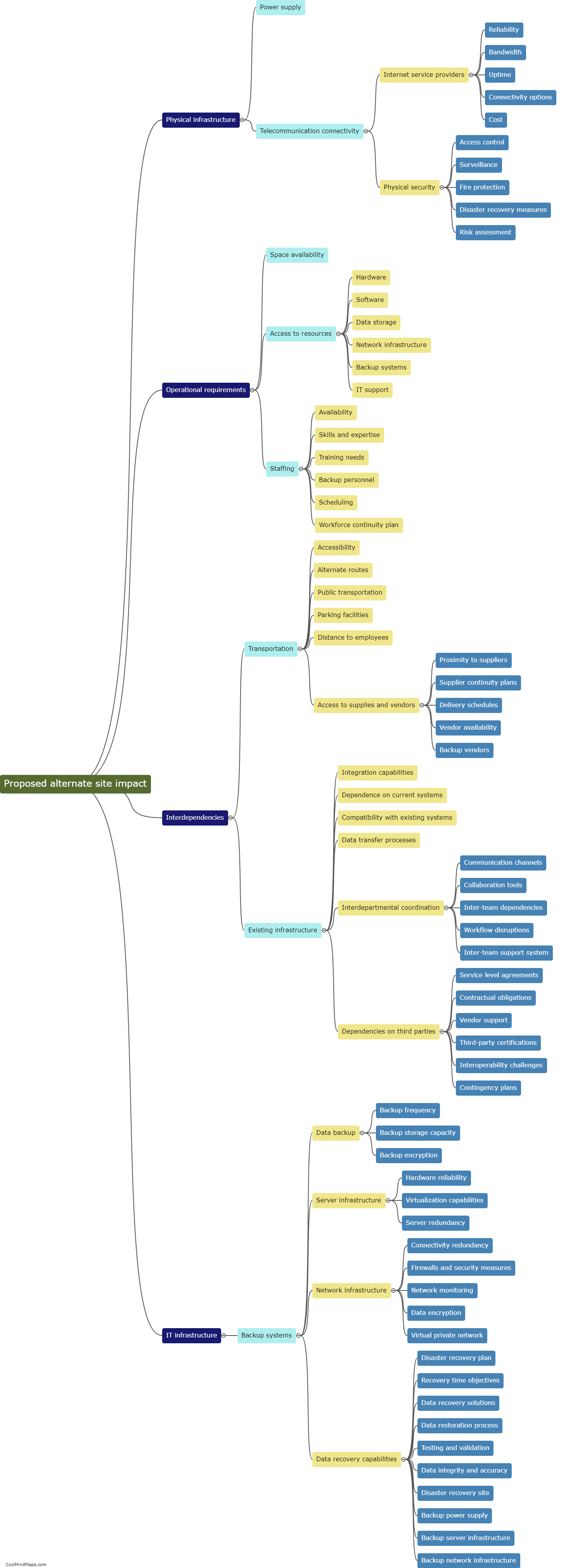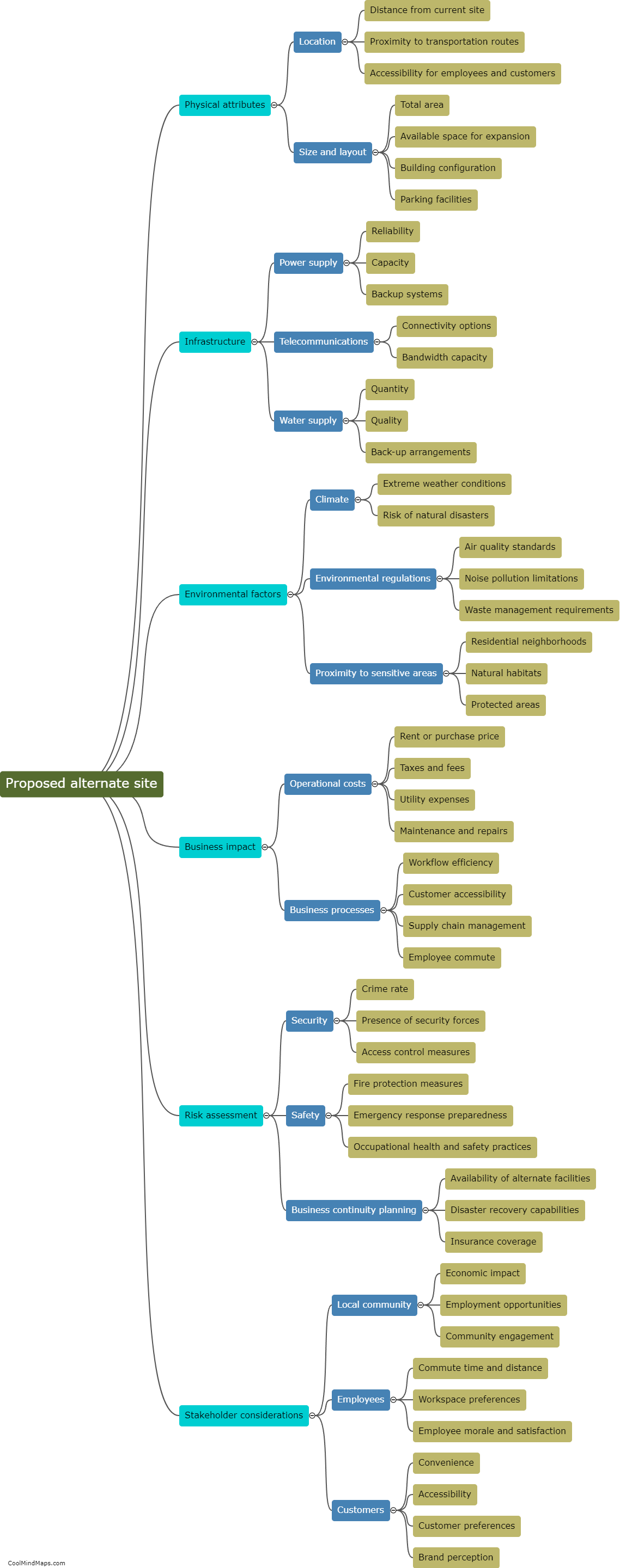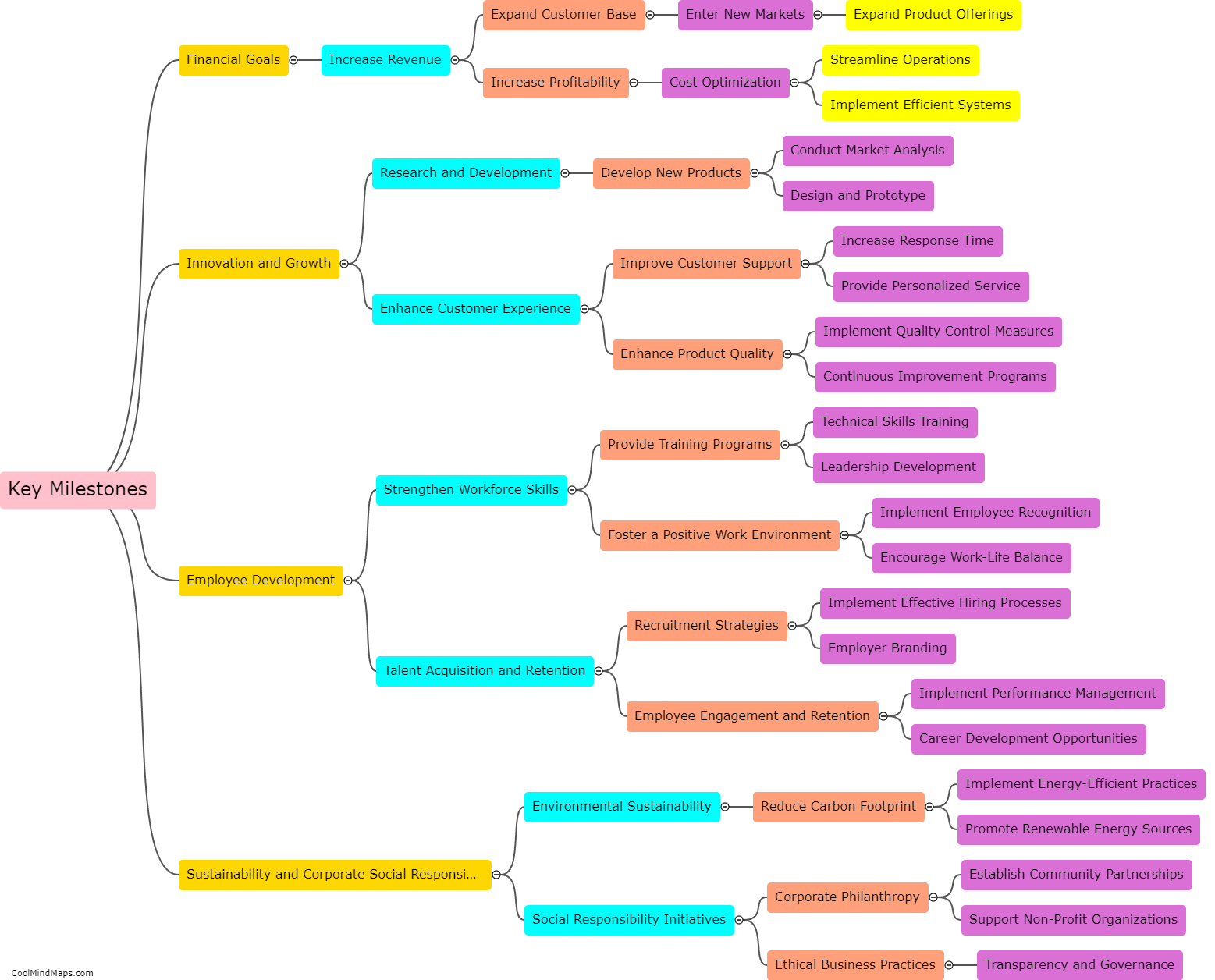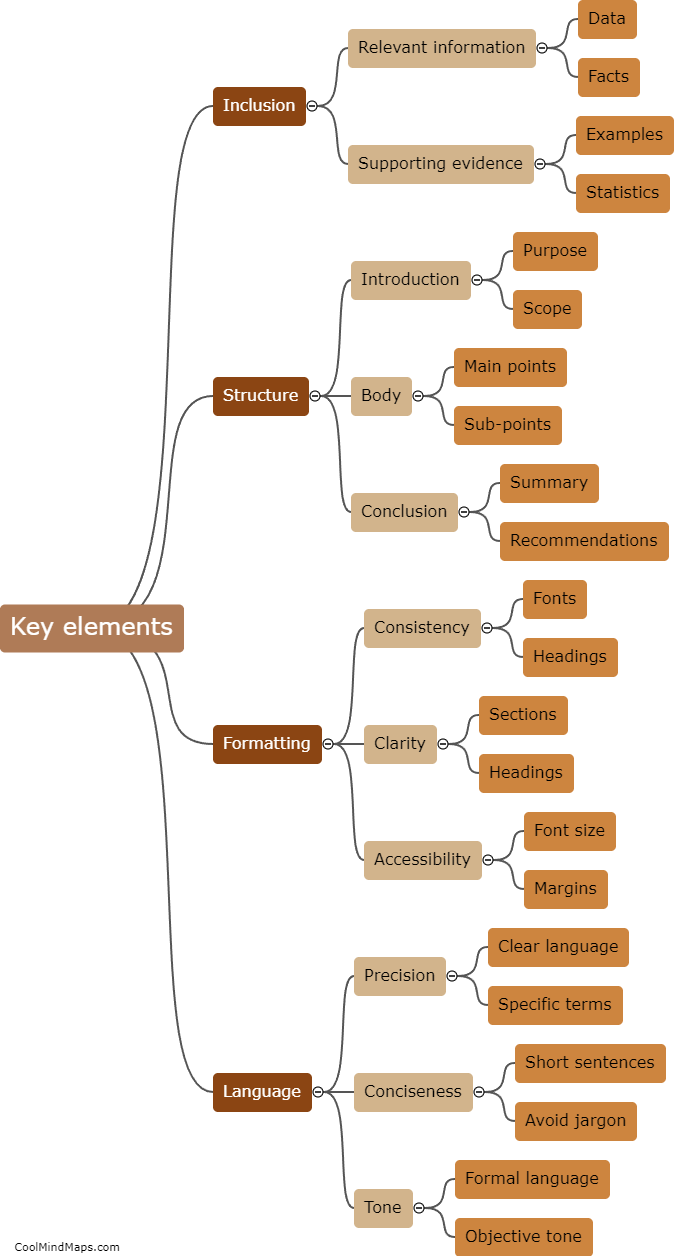What are the potential drawbacks or limitations of the alternate site?
The alternate site, often used in the context of disaster recovery or backup facilities, has its own set of potential drawbacks or limitations. Firstly, cost can be a significant factor, as creating and maintaining an alternate site can be expensive. This includes expenses related to equipment, infrastructure, and ongoing maintenance. Secondly, there may be a time delay in switching to the alternate site during a disaster, leading to potential loss of data or prolonged downtime. Additionally, reliance on a third-party provider for the alternate site brings the risk of limited control and dependency on their services. Compatibility issues between the primary and alternate sites can also pose challenges for data synchronization and application accessibility. Finally, the physical proximity of the alternate site to the primary facility can make it susceptible to the same threats, such as natural disasters or power outages, reducing the effectiveness of recovery measures.

This mind map was published on 5 December 2023 and has been viewed 87 times.

